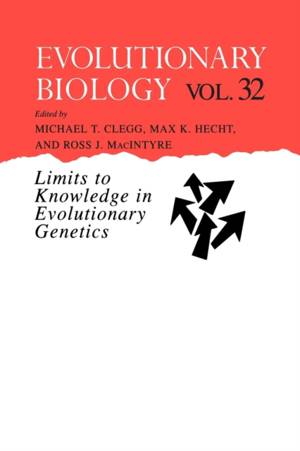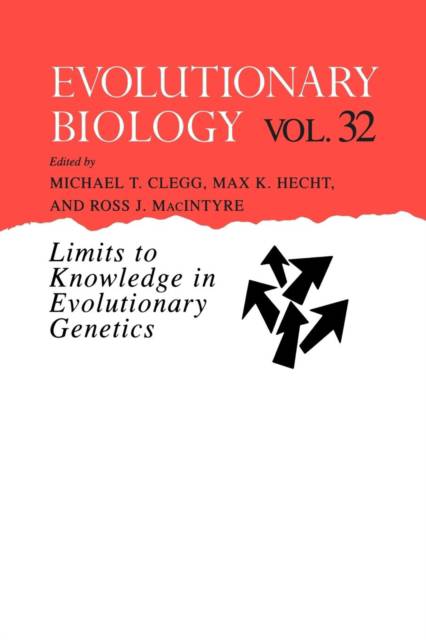
- Afhalen na 1 uur in een winkel met voorraad
- Gratis thuislevering in België vanaf € 30
- Ruim aanbod met 7 miljoen producten
- Afhalen na 1 uur in een winkel met voorraad
- Gratis thuislevering in België vanaf € 30
- Ruim aanbod met 7 miljoen producten
Evolutionary Biology
Limits to Knowledge in Evolutionary Genetics
Omschrijving
After volume 33, this book series was replaced by the journal "Evolutionary Biology." Please visit www.springer.com/11692 for further information.
The nature of science is to work on the boundaries between the known and the unknown. These boundaries shift as new methods are developed and as new concepts are elaborated (e.g., the theory of the gene, or more recently, the coalescence framework in population genetics). These tools allow us to address questions that were previously outside the realm of science, and, as a consequence, the boundary between the knowable and unknowable has shifted. A study of limits should reveal and clarify the boundaries and make sharper the set of questions. This book examines and analyzes these new limits as they are applied to evolutionary biology and population genetics. It does this by framing the analysis within four major classes of problems - establishing the fact of evolution; understanding the evolutionary pathways that led to today's biological world; mechanisms of evolutionary change (e.g., models of social behavior, sexual selection, macro evolution); and, finally, prediction.
Specificaties
Betrokkenen
- Uitgeverij:
Inhoud
- Aantal bladzijden:
- 258
- Taal:
- Engels
- Reeks:
- Reeksnummer:
- nr. 32
Eigenschappen
- Productcode (EAN):
- 9781461368540
- Verschijningsdatum:
- 27/09/2012
- Uitvoering:
- Paperback
- Formaat:
- Trade paperback (VS)
- Afmetingen:
- 156 mm x 234 mm
- Gewicht:
- 394 g

Alleen bij Standaard Boekhandel
Beoordelingen
We publiceren alleen reviews die voldoen aan de voorwaarden voor reviews. Bekijk onze voorwaarden voor reviews.








